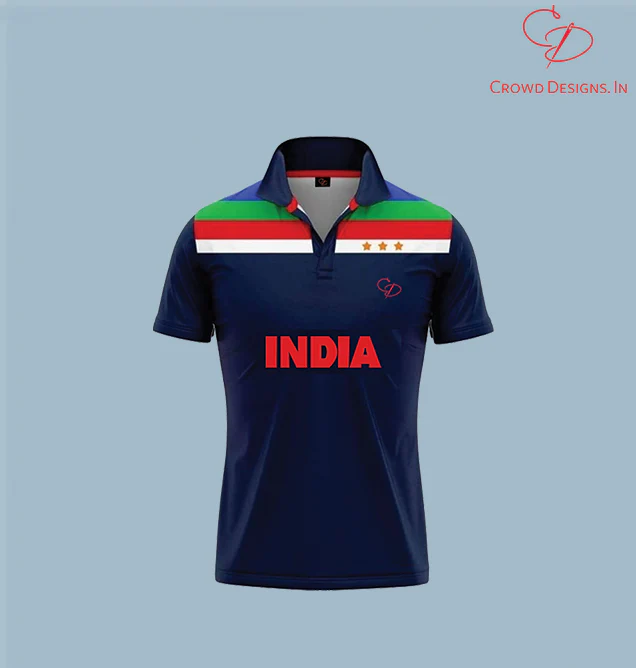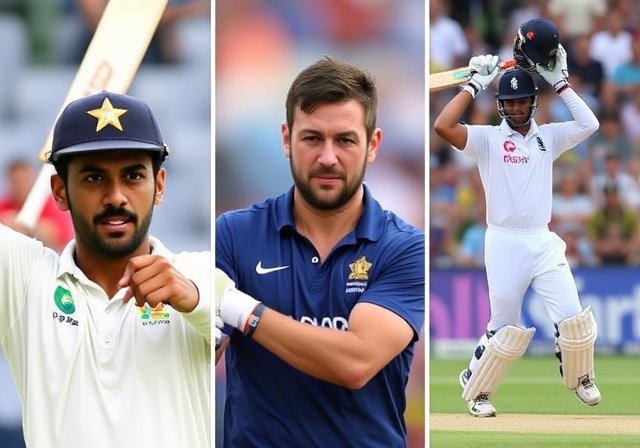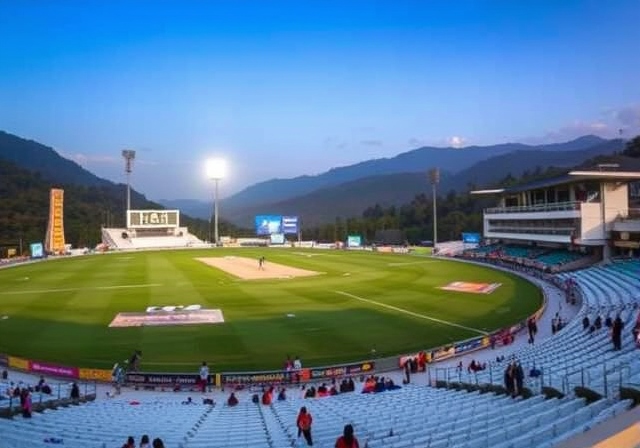Hollywood loves a good battle scene. From thundering horse hooves to clashing swords, there’s nothing quite like an epic showdown to get audiences’ adrenaline pumping. However, filmmakers are not historians, and they often take creative liberties that stretch – or outright ignore – historical accuracy. Whether it’s to make the story more dramatic, to make a hero shine brighter, or simply due to misunderstanding the past, Hollywood has a history of misrepresenting battles that shaped our world.
Here, we’ll look at 10 historical battles that Hollywood got completely wrong. This list goes beyond just picking on little details, focusing instead on major inaccuracies that mislead audiences about the reality of these famous events.
1. The Battle of Thermopylae in 300
The 2007 film 300, directed by Zack Snyder, is arguably one of the most stylized portrayals of an ancient battle. The movie tells the story of King Leonidas and his 300 Spartans holding off the Persian army, which is depicted as a terrifying horde of grotesque monsters, led by the god-like King Xerxes.
- What the Film Got Wrong: The actual Battle of Thermopylae was far more complex. First off, Leonidas wasn’t alone with just 300 Spartans; he had around 7,000 Greek allies from different city-states. The Spartans were elite soldiers, but they didn’t fight as single warriors surrounded by Persians—they fought in a tight formation called a phalanx. The Persians, meanwhile, were not strange-looking mutants or monsters. They were regular soldiers, and Xerxes wasn’t a giant, gold-covered god-king. The film’s exaggerations were designed for visual flair, but they left historical reality far behind.
- Why It Matters: By reducing a complex battle into a fantasy-like, simplified conflict of “good vs. evil,” the movie erases the true nature of the Persian Empire and the Greek alliance. It also undercuts the heroism of all the other Greek soldiers who fought and died at Thermopylae.
2. The Battle of Stirling Bridge in Braveheart
Braveheart (1995) is a celebrated film, known for its powerful storytelling about William Wallace and the Scottish fight for independence. One of the movie’s most memorable moments is the Battle of Stirling, where Wallace and his men bravely charge at the English.
- What the Film Got Wrong: The real Battle of Stirling Bridge was fought at a bridge, which played a crucial role in Wallace’s victory. The narrow bridge prevented the English from deploying their full strength, giving the Scots an advantage. In the movie, though, there’s no bridge at all! Instead, the Scots simply charge across a wide open field.
- Why It Matters: Leaving out the bridge changes the entire strategy and historical significance of the battle. The real Wallace wasn’t just a fierce warrior; he was a strategic thinker who used terrain to his advantage. Ignoring the bridge makes the scene more cinematic, but it downplays Wallace’s tactical brilliance.
3. The Battle of Agincourt in Henry V
Shakespeare’s Henry V has been adapted to film several times, most famously in the 1989 Kenneth Branagh version. The Battle of Agincourt, where English forces achieve a stunning victory against the French, is a dramatic centerpiece.
- What the Film Got Wrong: While Branagh’s film does a great job capturing the tension of the battle, it ignores a lot about medieval warfare. The English didn’t win simply because of their heroic charge—they won largely due to their skilled longbowmen and muddy terrain, which trapped the French knights. The movie’s one-on-one combat scenes are more theatrical than historically accurate.
- Why It Matters: By focusing on close-quarters combat, the film overlooks the importance of technology and tactics. The English longbow was a game-changer at Agincourt, and the muddy conditions played a huge role in the outcome. Focusing on sword fights makes the battle seem simpler than it was.
4. The Siege of Jerusalem in Kingdom of Heaven
Ridley Scott’s Kingdom of Heaven (2005) depicts the Siege of Jerusalem in 1187, where Muslim forces led by Saladin recaptured the city from the Crusaders. The film emphasizes the character of Balian of Ibelin, who negotiates the city’s surrender.
- What the Film Got Wrong: In the movie, Balian is portrayed as a blacksmith-turned-knight with little experience, who somehow becomes a brilliant leader overnight. In reality, Balian of Ibelin was an experienced nobleman and warrior. The film also downplays the religious context of the conflict, framing it more as a fight for tolerance.
- Why It Matters: By changing Balian’s character, the movie shifts focus from the complex political and religious motivations of the Crusades. It also downplays the realities of medieval warfare and the roles of other key figures on both sides.
5. The Battle of the Alamo in The Alamo
The 2004 film The Alamo attempts to tell the story of the famous battle between Texian (Texas) settlers and the Mexican army in 1836. The film shows the heroic last stand of figures like Davy Crockett and Jim Bowie.
- What the Film Got Wrong: While the movie tries to be respectful, it still glosses over key facts. In reality, the Texians were not as unified as the movie suggests, and many had complex motives for fighting. The Mexican army wasn’t a faceless enemy but had its own goals and strategies.
- Why It Matters: The real Alamo story is nuanced, with both sides fighting for what they believed in. Simplifying it into a “good vs. evil” narrative overlooks the complexities of Mexican-Texian relations and the true motives of both sides.
6. Dunkirk in Dunkirk
Christopher Nolan’s Dunkirk (2017) is an intense, immersive portrayal of the evacuation of British troops from France in World War II. The film focuses on the personal experiences of soldiers, sailors, and pilots during the evacuation.
- What the Film Got Wrong: While Dunkirk is visually stunning, it omits some key aspects, such as the significant role of French forces in holding off the Germans. The movie also downplays the scale of the operation, which involved not only small civilian boats but also the Royal Navy in large numbers.
- Why It Matters: By focusing almost exclusively on British efforts, the film doesn’t give due credit to the French troops who sacrificed themselves to delay the German advance.
7. Pearl Harbor in Pearl Harbor
Michael Bay’s Pearl Harbor (2001) is a dramatic account of the Japanese attack on the U.S. naval base in 1941. The film adds a love triangle to the story, creating a romantic backdrop to the tragic events.
- What the Film Got Wrong: The movie spends more time on the fictional love story than on the actual attack. It also portrays the aftermath inaccurately, suggesting a quick, heroic response from American forces, when in reality, the U.S. military was caught off guard and struggled to respond effectively.
- Why It Matters: By prioritizing romance over reality, Pearl Harbor overlooks the true impact of the attack and the intelligence failures that led to it.
8. The Battle of Hastings in The Vikings
The 1958 film The Vikings ends with a fictional version of the Battle of Hastings (1066). The movie features a climactic showdown between Viking Ragnar’s descendants and the English army.
- What the Film Got Wrong: The real Battle of Hastings was between the Norman-French army of William the Conqueror and the English forces of King Harold. The Vikings had nothing to do with it, as they had been defeated at Stamford Bridge weeks earlier.
- Why It Matters: The movie’s creative license erases key historical events, making it seem like the Vikings were central to the Norman Conquest, which they weren’t.
9. The Battle of Gettysburg in Gettysburg
The 1993 film Gettysburg is often praised for its detail, but it has some historical inaccuracies, particularly in the way it portrays General Robert E. Lee’s decisions and the infamous Pickett’s Charge.
- What the Film Got Wrong: The movie paints Lee as a noble, almost faultless leader, downplaying the controversies around his command decisions. Pickett’s Charge was a disastrous frontal assault, but the film romanticizes it as heroic.
- Why It Matters: Glorifying Lee and Pickett’s Charge adds to the “Lost Cause” myth, which romanticizes the Confederate cause and downplays the brutal reality of the Civil War.
10. The Battle of Iwo Jima in Flags of Our Fathers
Clint Eastwood’s Flags of Our Fathers (2006) tells the story of the iconic flag-raising at Iwo Jima in WWII. The film focuses on the men involved in the photograph rather than the battle itself.
- What the Film Got Wrong: The movie is more accurate than most, but it still oversimplifies the battle. Iwo Jima was a grueling fight that took weeks, not just a few days as the film suggests.
- Why It Matters: The real battle was one of the bloodiest in the Pacific Theater, and minimizing it underplays the soldiers’ sacrifice.









Leave a Comment